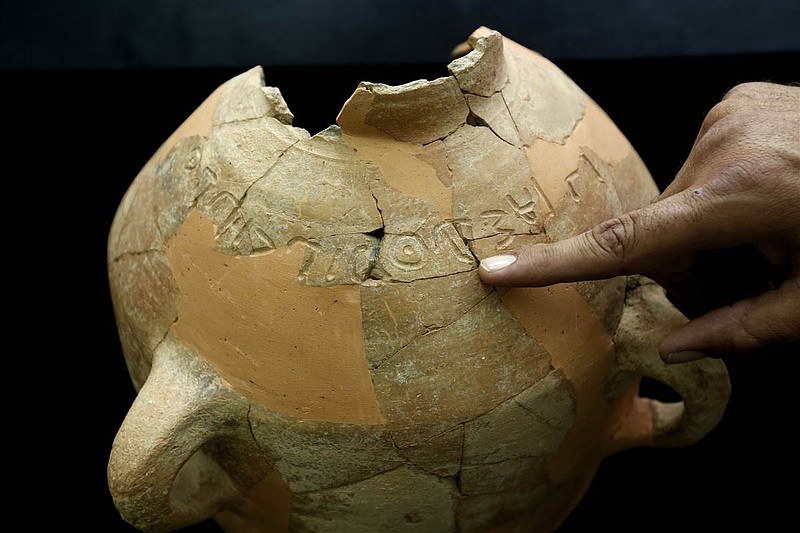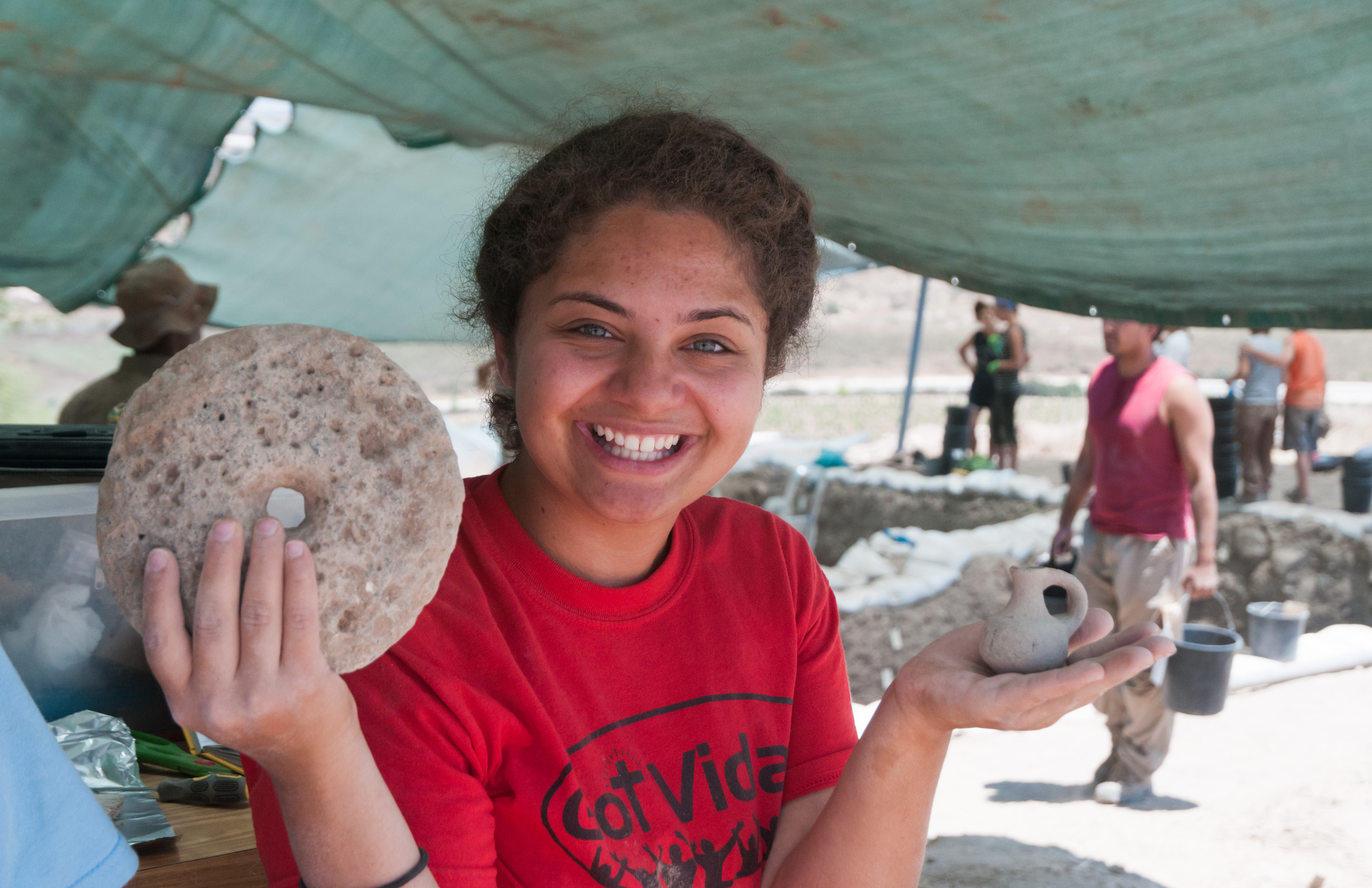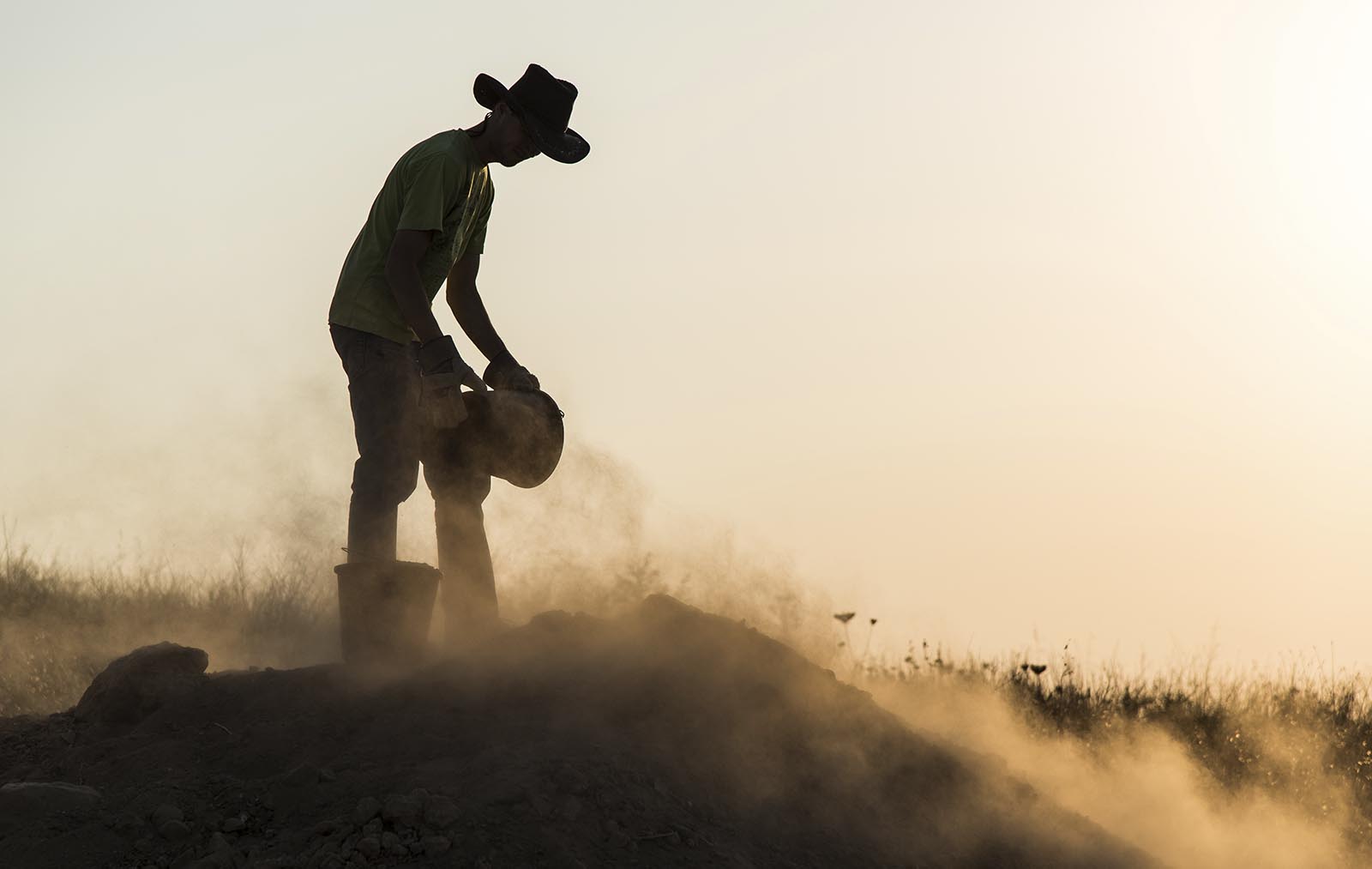IF YOU GO
Monday-Thursday9 a.m.-12 p.m.1-5 p.m.Friday9 a.m.-12 p.m.Saturday & Sunday2-5 p.m.Closed during summer months (May to August) and Southern Adventist University breaks.Source: Southern Adventist University
Some experts say American interest in biblical archaeology climaxed between 1950 and 1970.
But a local university with a commitment to the science remains at the front of the pack in the modern exploration of an ancient heritage.
In its latest archaeological forays, Southern Adventist University sponsored a pair of Israeli excavation sites that yielded two of Christianity Today's Top 10 biblical archaeology discoveries of 2015.
Crews at the sites found a ceramic piece with writing on it dating to 1130 B.C. and a jar inscribed with a name from the era of King Saul. Both indicate writers were skilled enough to have penned scriptural texts at an earlier time than previously believed.
"A lot of people will say the Bible was written later," said Chris Rollston, an archaeological expert and associate professor of ancient history at George Washington University in Washington, D.C. "What [the two discoveries] show, and this is what is crucial, it shows that 3,000 years ago people were writing in Hebrew and writing in a sophisticated way."
The discoveries are also a reminder of Southern Adventist University's archaeological commitment that makes the 3,200-student university one of the nation's leaders in a narrow field that continues to dig up valuable insights from the past. There are just a handful of American universities still engaged in Middle Eastern archaeological research, SAU's Institute of Archaeology director Michael Hasel said. It's good company to be in, too: Harvard, UCLA and other schools with bigger brands and budgets than SAU.
Adventists have a strong record of archaeological exploration led by Siegfried Horn, a famous Adventist archaeologist and professor who died in 1993.
SAU is continuing that legacy by offering an archaeology major - 10 students are now enrolled - and sponsoring digs in the Middle East, like the projects that yielded the discoveries cited by Christianity Today.
"We have been really intentional about that," Hasel said. "It's been a really amazing thing to be a part of."
The school's Institute of Archaeology also maintains a museum on campus where locals can glimpse into the past.
"I think it's impressive," Rollston said of SAU's commitment to archaeology. "It's most impressive that these Adventist universities are continuing to work in this tradition. It's widely known in our field that Adventist excavations are famous for being of the highest caliber."
Hasel said it's uncertain whether either of the artifacts mentioned in the Christianity Today article will ever make it to the SAU museum. But the museum includes other relics, including an ancient Babylonian brick stamped with Nebuchadnezzar's name, a rare Syrian clay model of a chariot, and other artifacts with biblical significance.
And work continues. With the help of modern technology, Rollston said he believes the most significant biblical archaeology discoveries will come in the future.
"I think the heyday of biblical archaeology is yet to come," he said. "There are great days in the past. But there are great days ahead."
When Hasel goes to dig sites in the Middle East with SAU staff and students during the summer, the teams use cyberarchaeology techniques, including drones to reconstruct things in 3-D form and using geographic information systems to gain insight.
"It's a field where you have to employ many experts from many different areas," Hasel said.
Students have come from all over the country - and even the world - to study archaeology at SAU since it became a major in 2000, Hasel said. They go on to a range of professions or graduate programs in archaeology.
SAU's work at the Khirbet Qeiyafa site where the jar was discovered has concluded. But they are continuing to sponsor work at Lachish, where the ceramic piece was found, and where they believe more meaningful discoveries may await.
"As an archaeologist, it's humbling," Hasel said. "You can never predict what you're going to find. You can predict that what you're doing may have some results, but you can't predict the significance of what it may be. But it's rewarding when you invest the energy, finances and work on a broad-level project like this."
Contact staff writer David Cobb at dcobb@timesfreepress.com or 423-757-6249.


